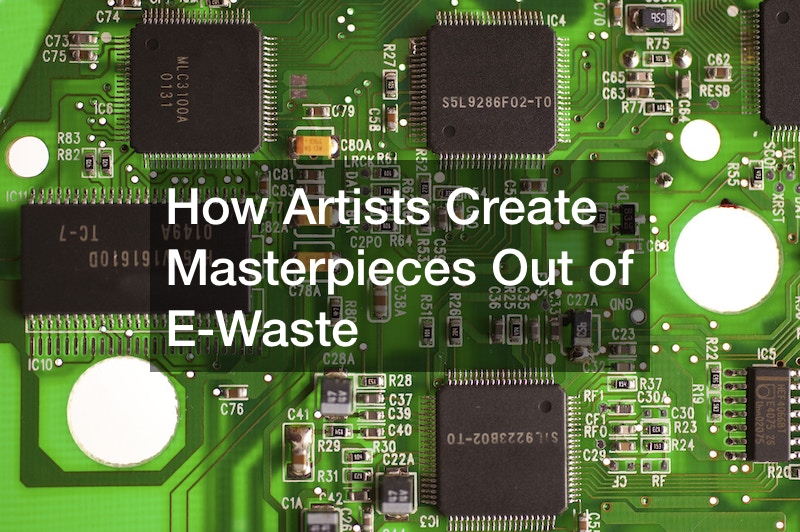How Artists Create Masterpieces Out of E-Waste – Computer Arts Magazine
V. Any electronic device which is no longer functional as required falls under this category. Problem is, the majority of E-waste is not recycled. Much of this waste gets thrown away in incinerators and in landfills. However, some of it is shipped to countries in need. That’s the issue.
While electronic waste has some important components, some of them pose dangers. Cathode-ray tube compounds such as those, for instance, can be hazardous to the environment. Recycling electronic debris is the most effective way to prevent adverse consequences. Recycling helps protect the environment and keeps you from exposure to contaminants of high levels. These harmful substances could lead to health problems. Though the advancements made in IT and networking devices benefit humanity, it’s resulted in an increase in electronic waste. Equipment that is no longer currently in use are quickly becoming outdated. The reason is insufficient recycling efforts.
Effective recycling mechanisms are required. The United Nations estimates that electronic garbage will amount to 61 tons by 2023. Recycling is the most efficient alternative for both the environment and humans. By enacting laws and statutes the United States leads the way in recycling electronic waste. The majority of states are currently requiring E-waste recycling by both large and medium-sized product manufacturers. Businesses must pay charges for recycling in these guidelines. This policy is intended to promote large-scale manufacturing so that used equipment dealers can ship their electronic scrap back to manufacturers for recycling.
The e-waste material can be utilized in different ways. Numerous artists from around the world are using different components in their creations. The practice is not new. This practice has been going on for a while.
E-w: What artists do to create masterpieces adkzpgpmw4.
